Get stunning results and high contrast images easily with the Rogue FlashBender XL
I love the FlashBender XL
I’ve been using the Rogue FlashBender for over 10 years now. And it’s still one of my favorite modifiers because you get easily stunning results and can make high-contrast images.
When I got the “first” edition I started using it not as a bounce card. But to get some cool effects on the background, and due to the design of the FlashBender, you could also light your model from the back. An amazing tool at that moment which gave me loads of creative options.
This also got the attention of Expo Imaging (the creators of Rogue) and we started to talk. And over the years the Frank Doorhof XL edition was designed. Every time we added and changed smaller and larger details and I’m incredibly proud of the product as it is today.
First of all; the material on the Frank Doorhof edition is different from the other FlashBenders. We chose a soft silver material that gives you a more direct light-output vs white. So you get a really nice edge to your light. Plus it also boosts the output which can be great for outside situations where you need a bit more.
The FlashBender Frank Doorhof XL edition can be used as :
Bounce card
By bending the top you can limit the light loss and get much more direct light on your subject instead of just losing it into the air.
Softbox
In the box, you also find a softbox attachment to soften the light.
Snoot
Just fold the flashbender into a snoot by using the velcro.
Striplight with grid
Probably my favorite option and also the one I’m using in this video.
In this video, I show you how you can use the FlashBender in the striplight configuration to light both the background and the model for some really cool and contrasty images.
And some of the results you also see in the video.
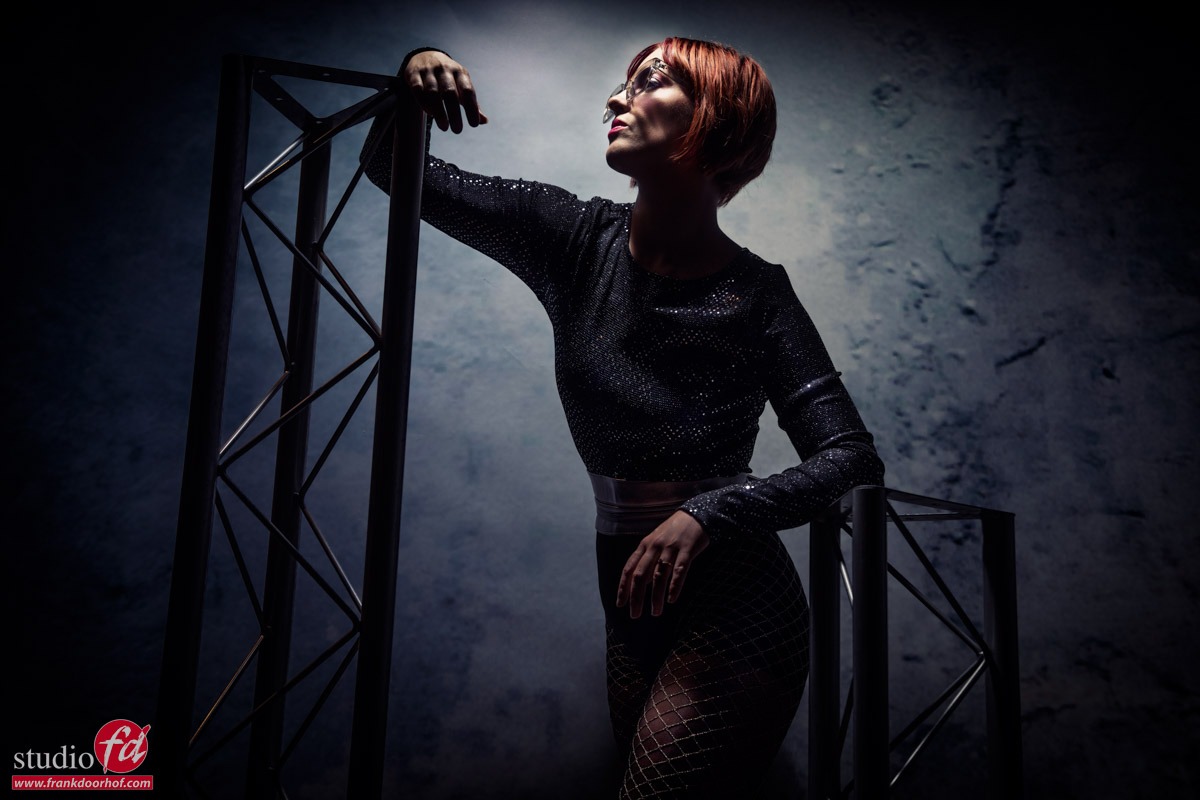
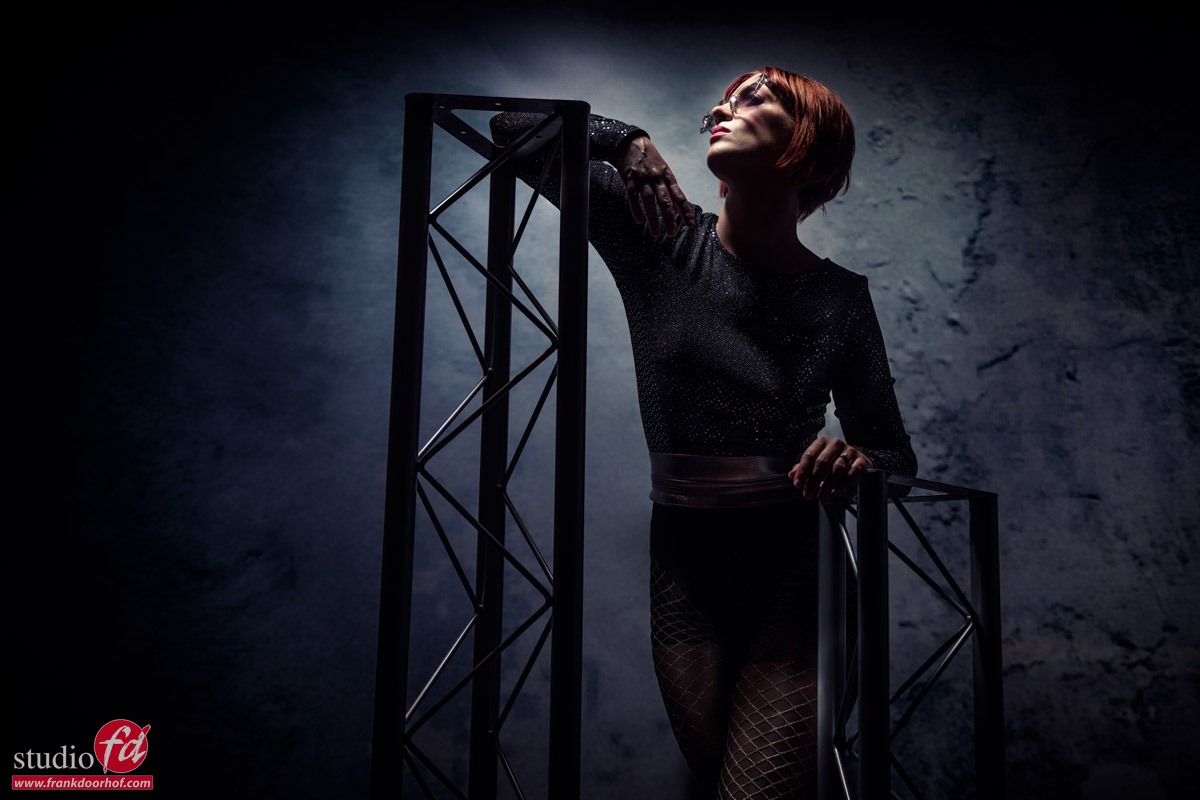
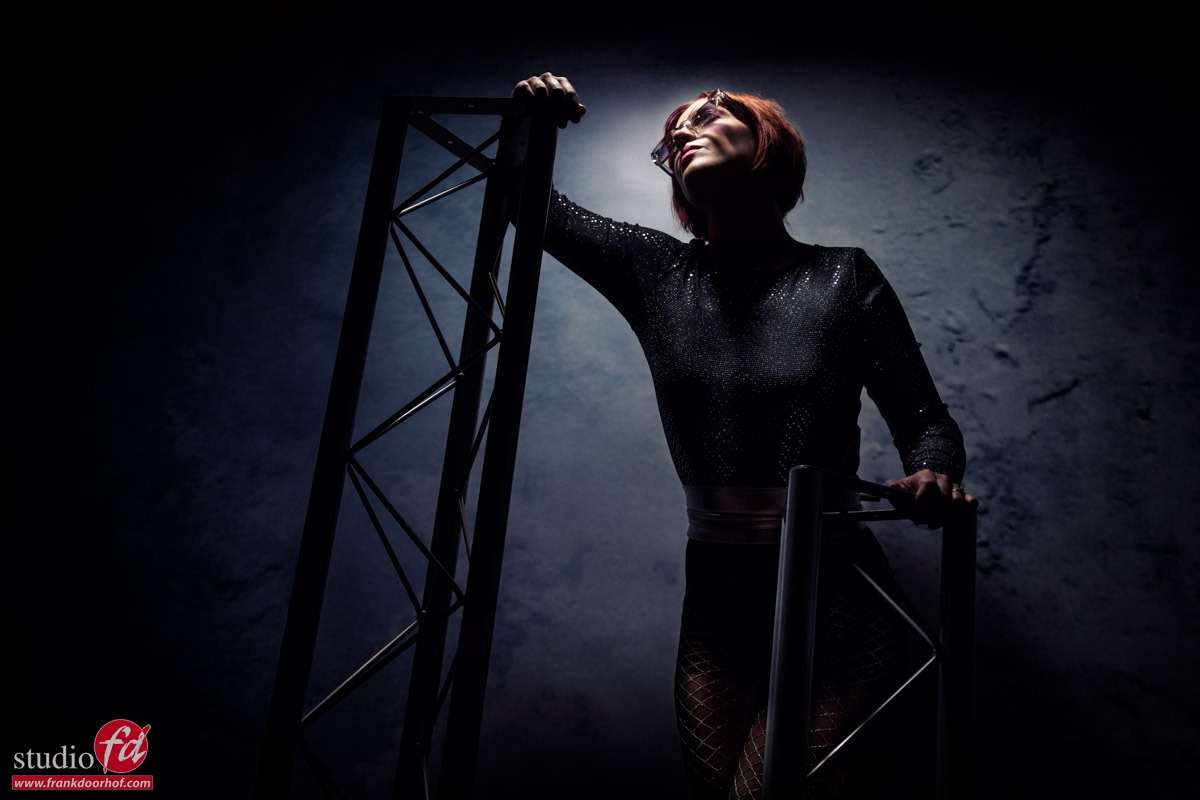
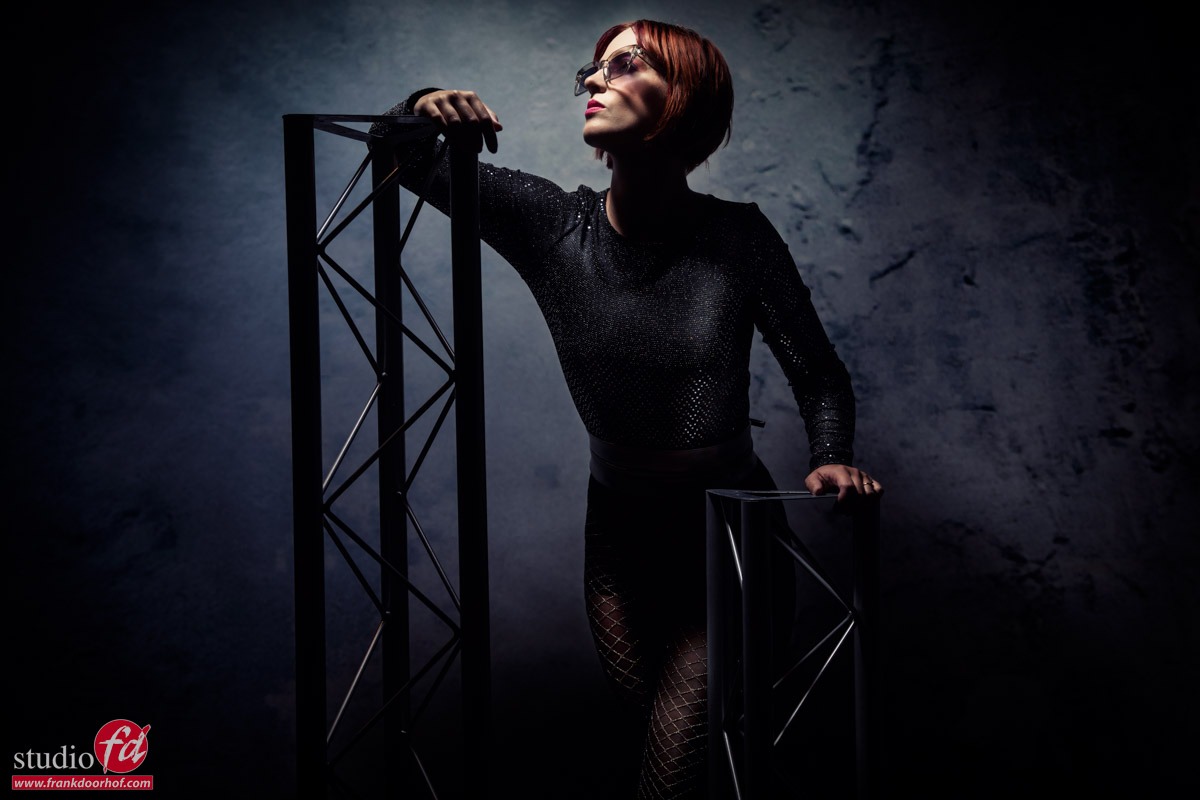
For my American friends, buy from Rogue

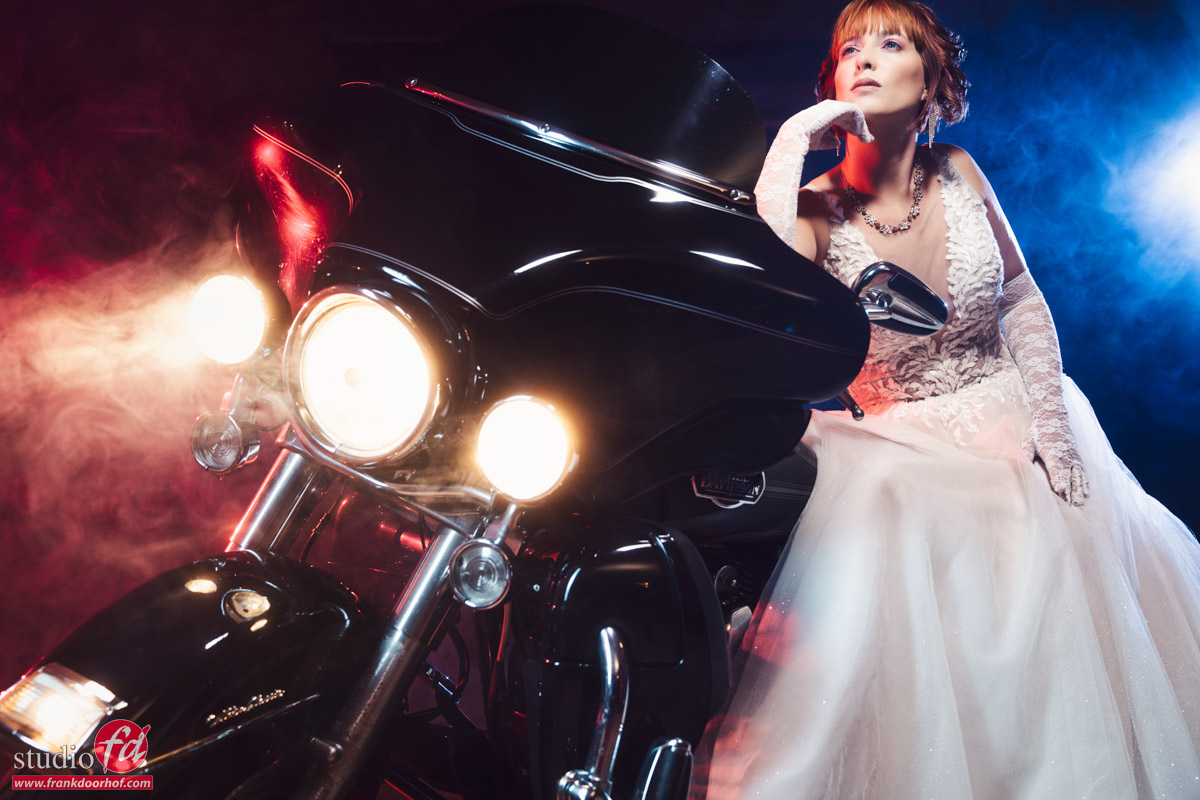
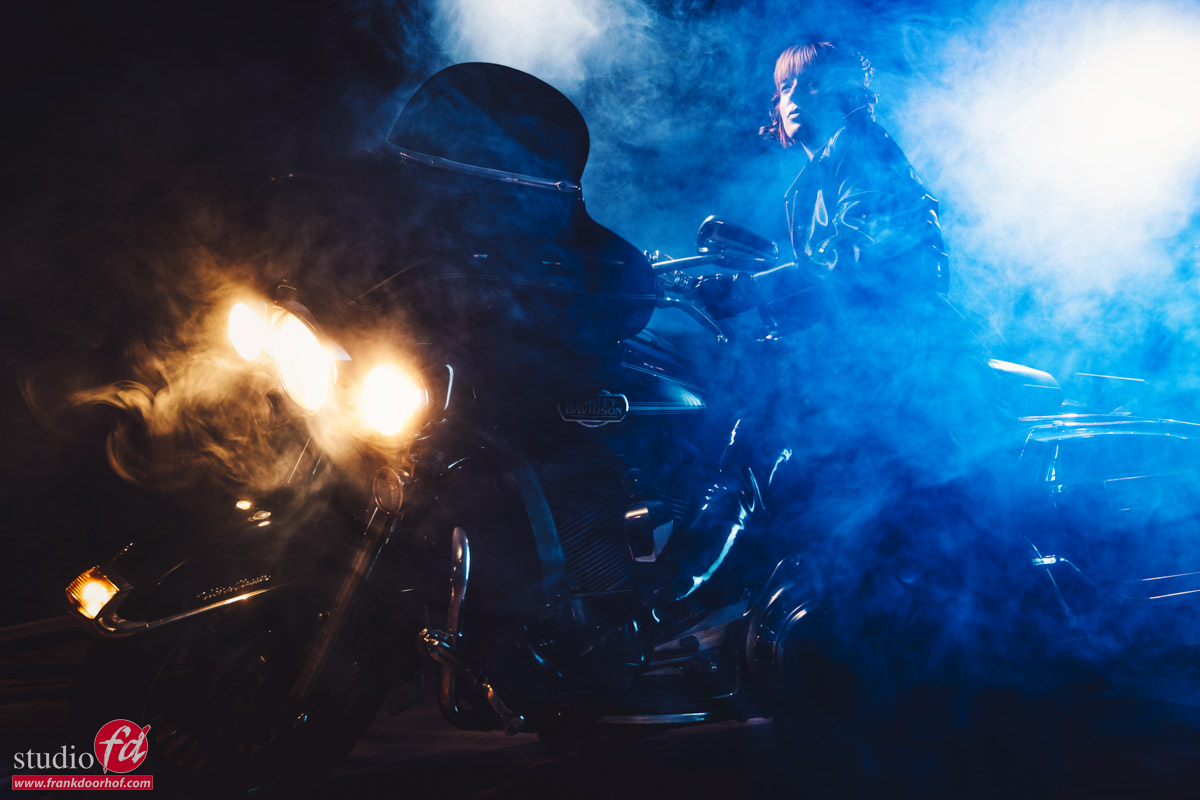
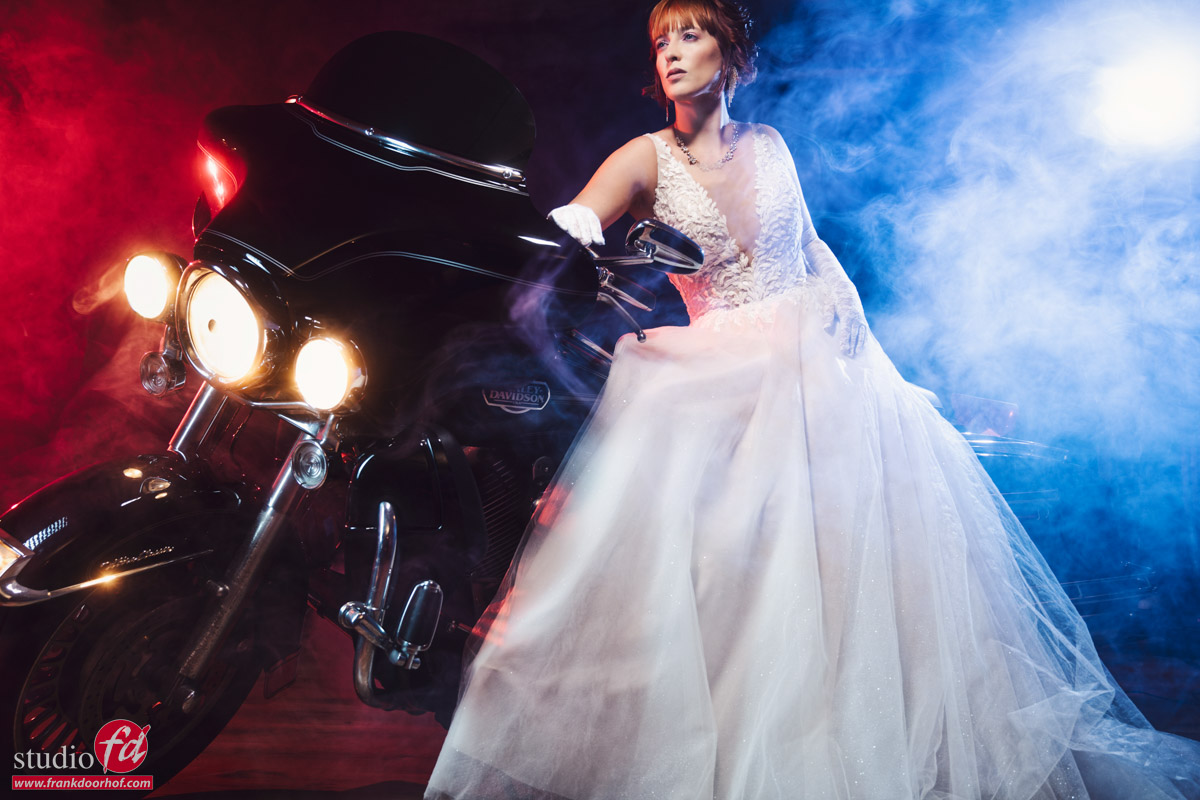
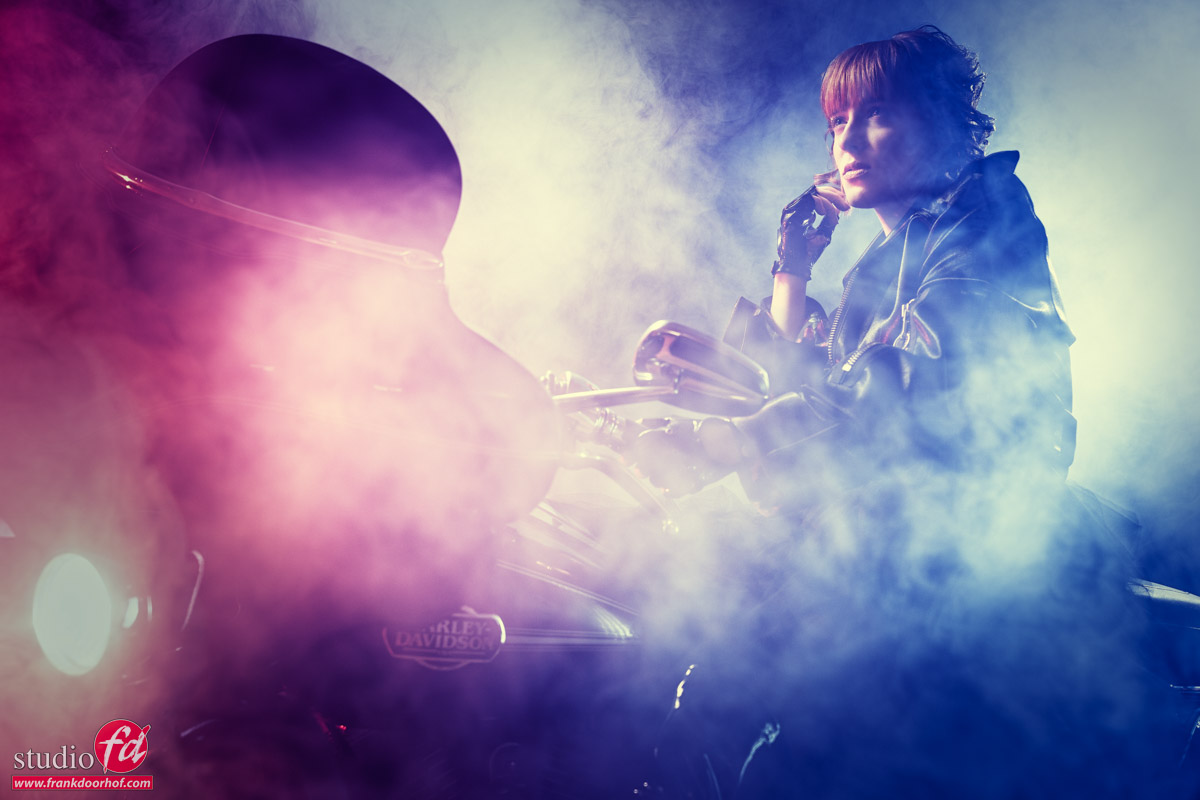
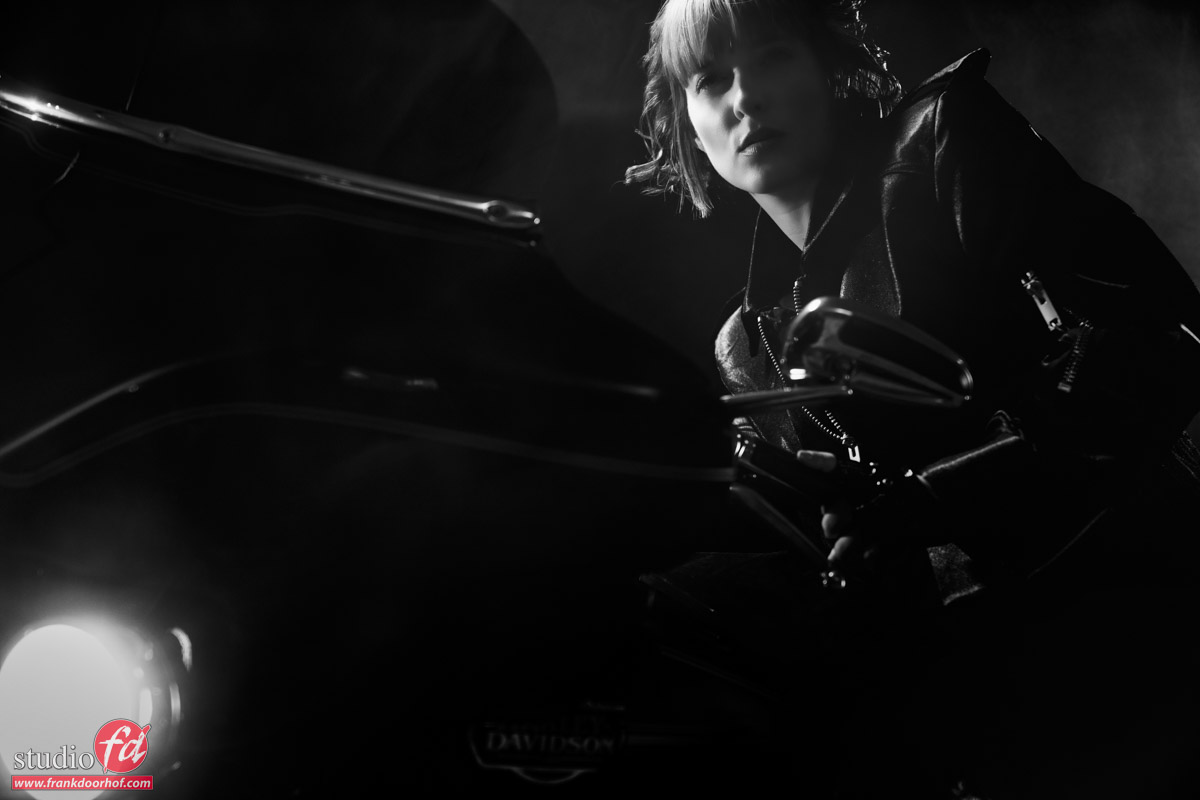
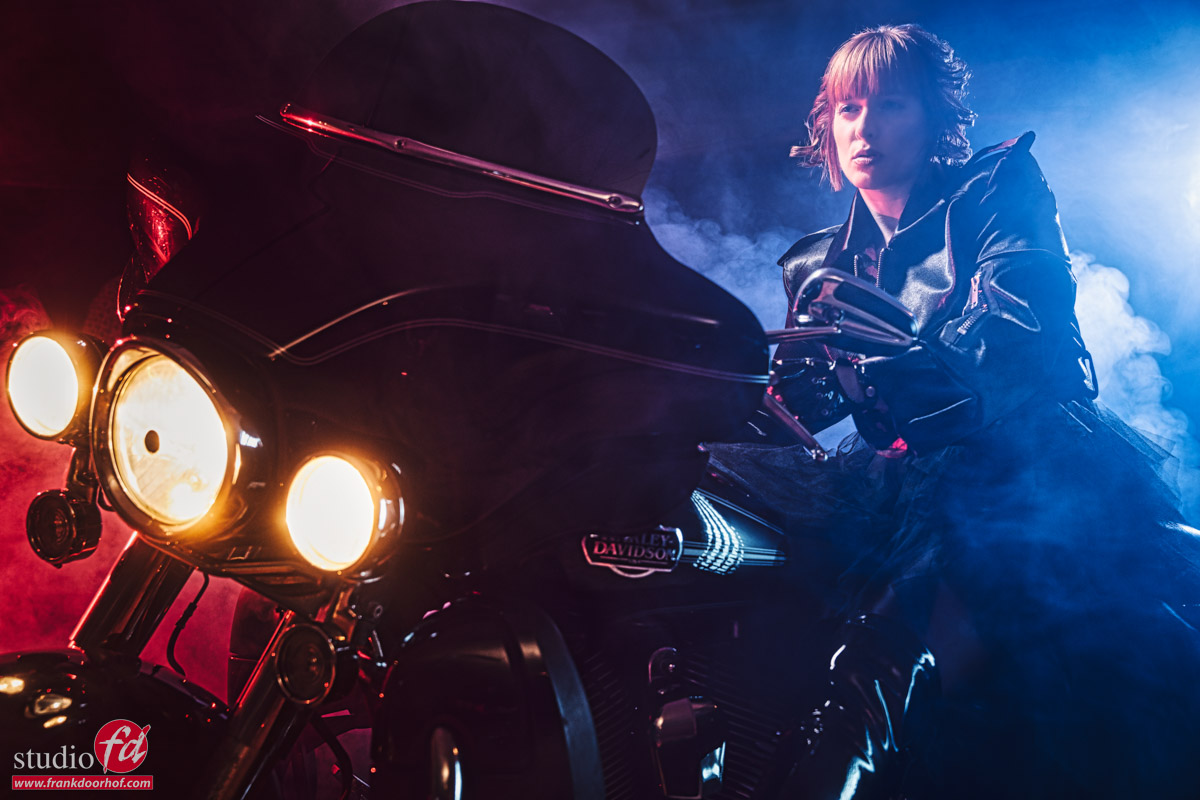
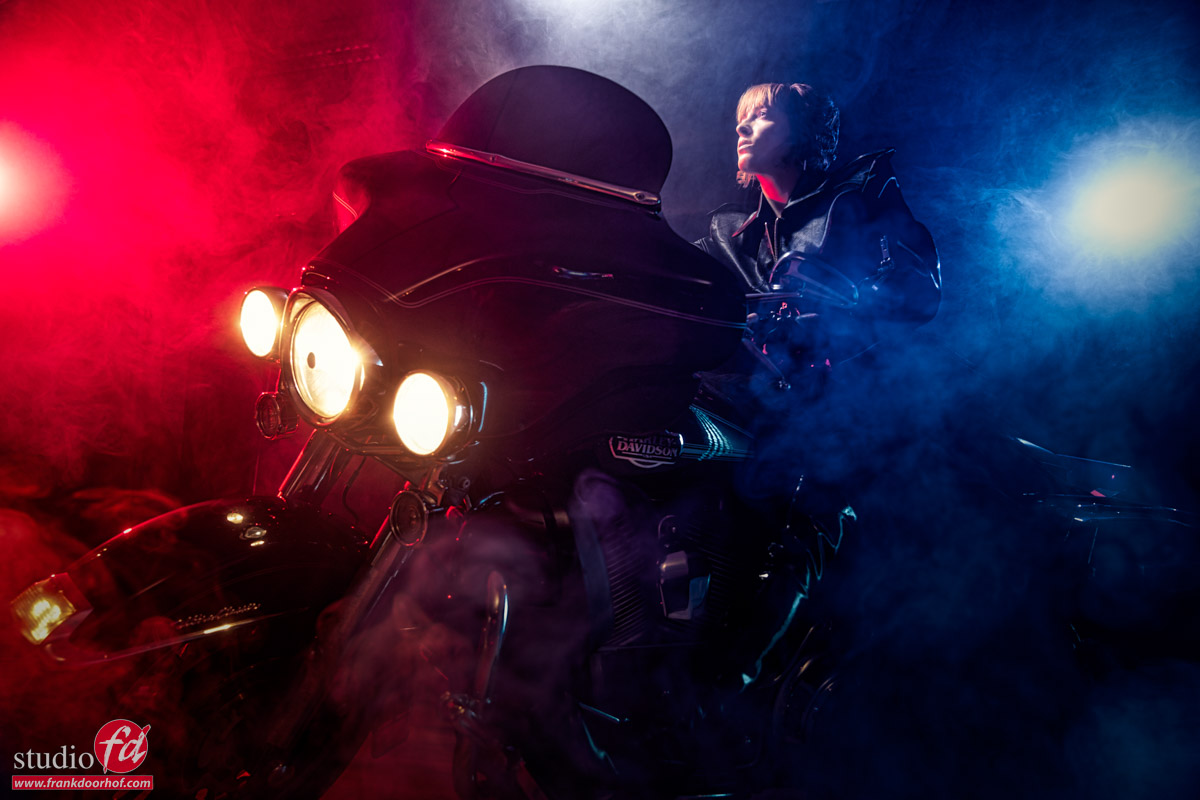

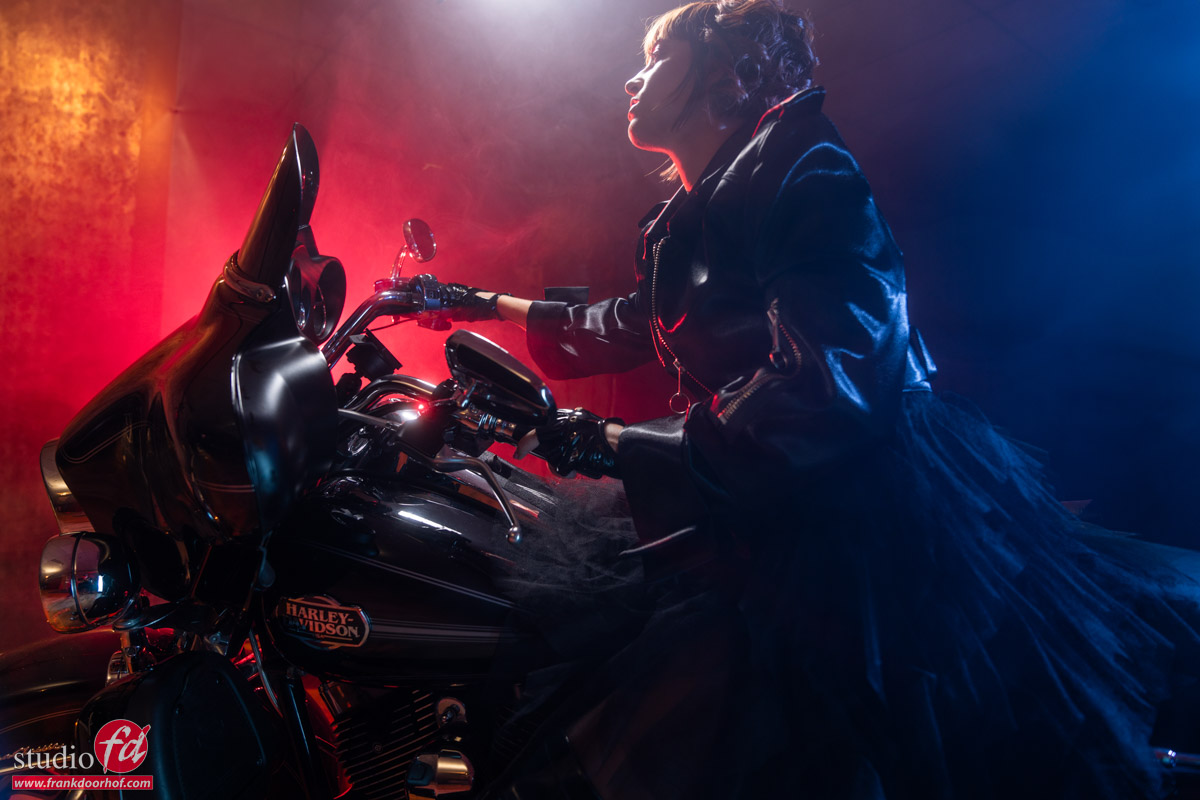
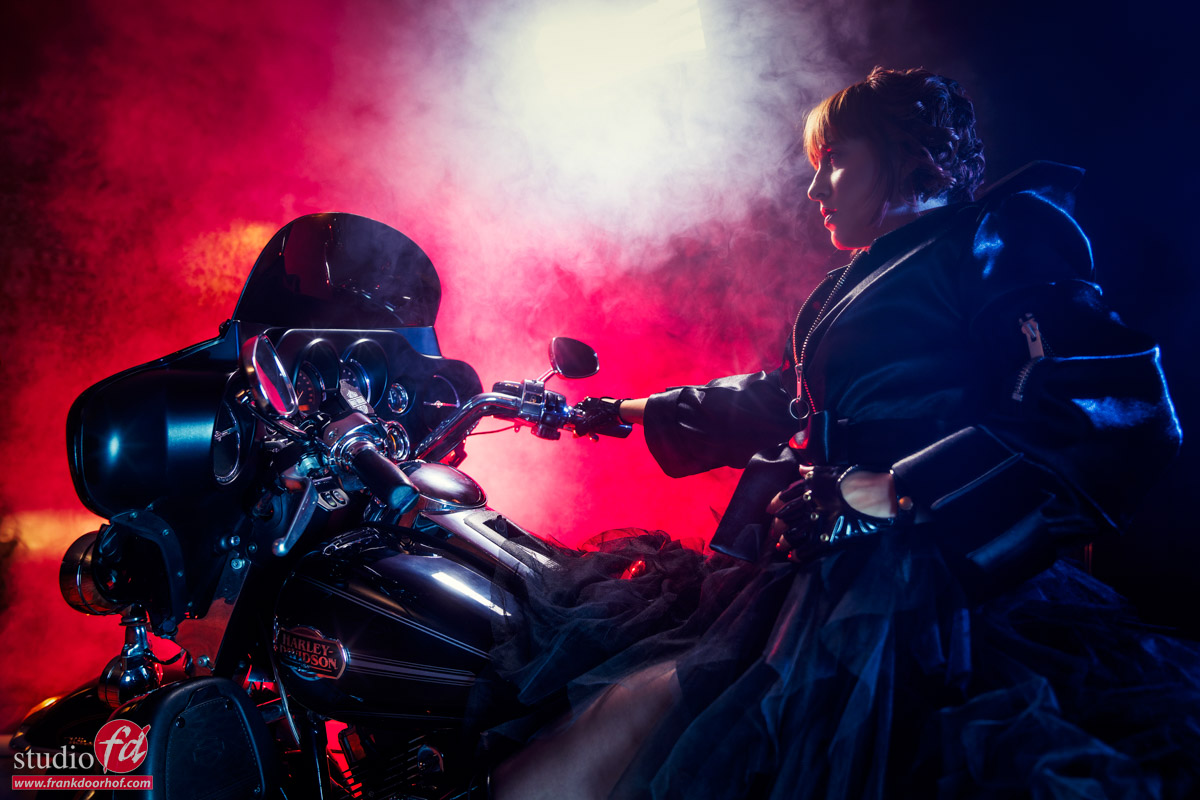
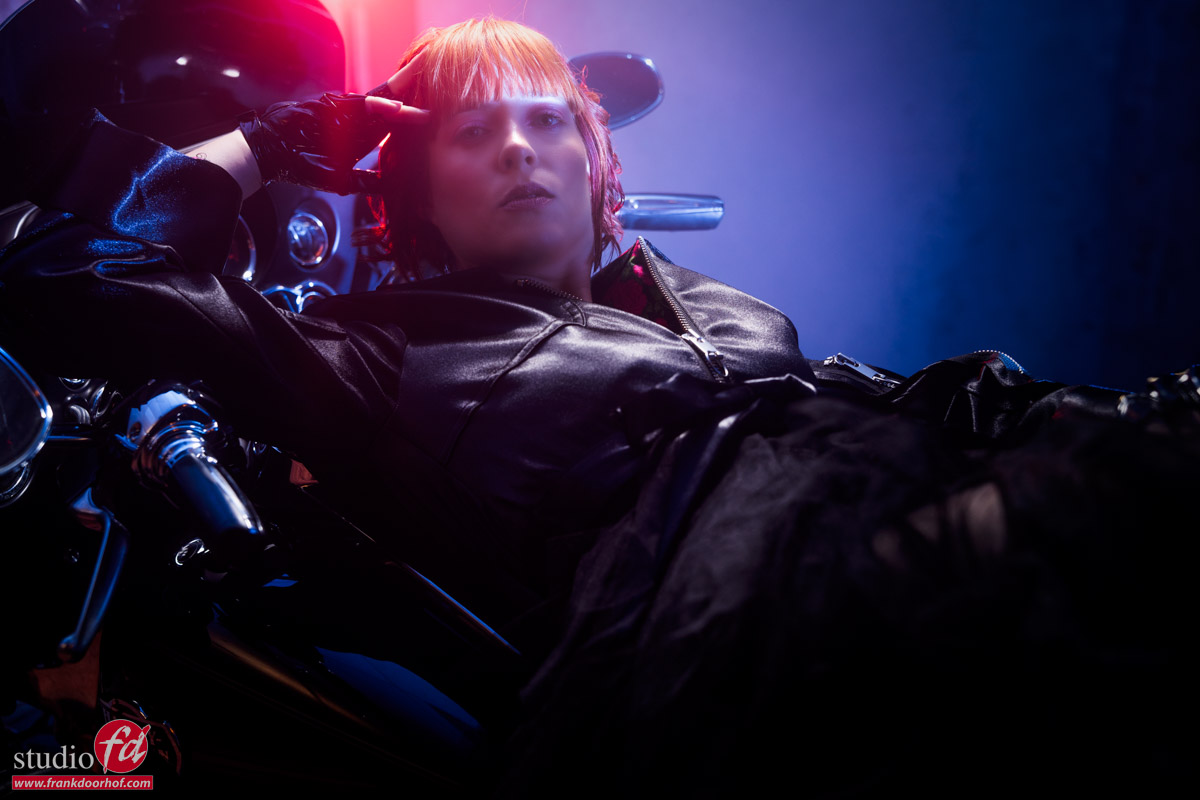
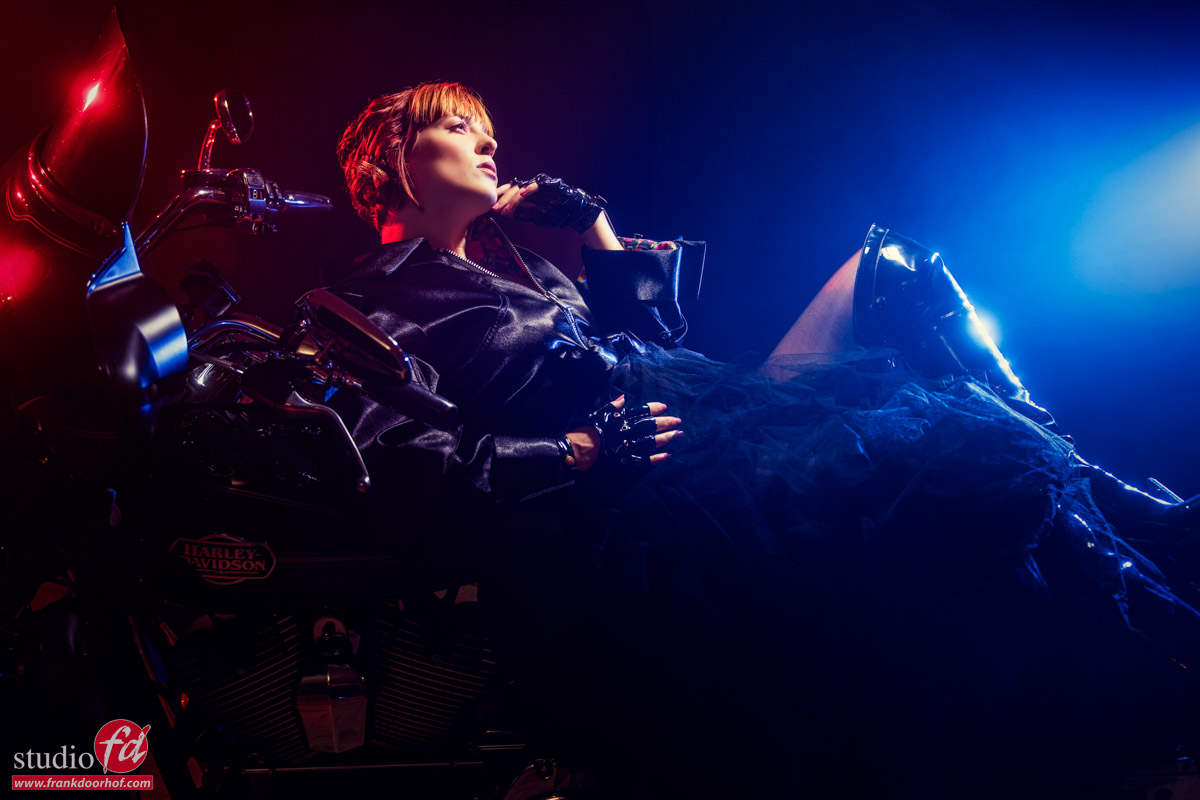
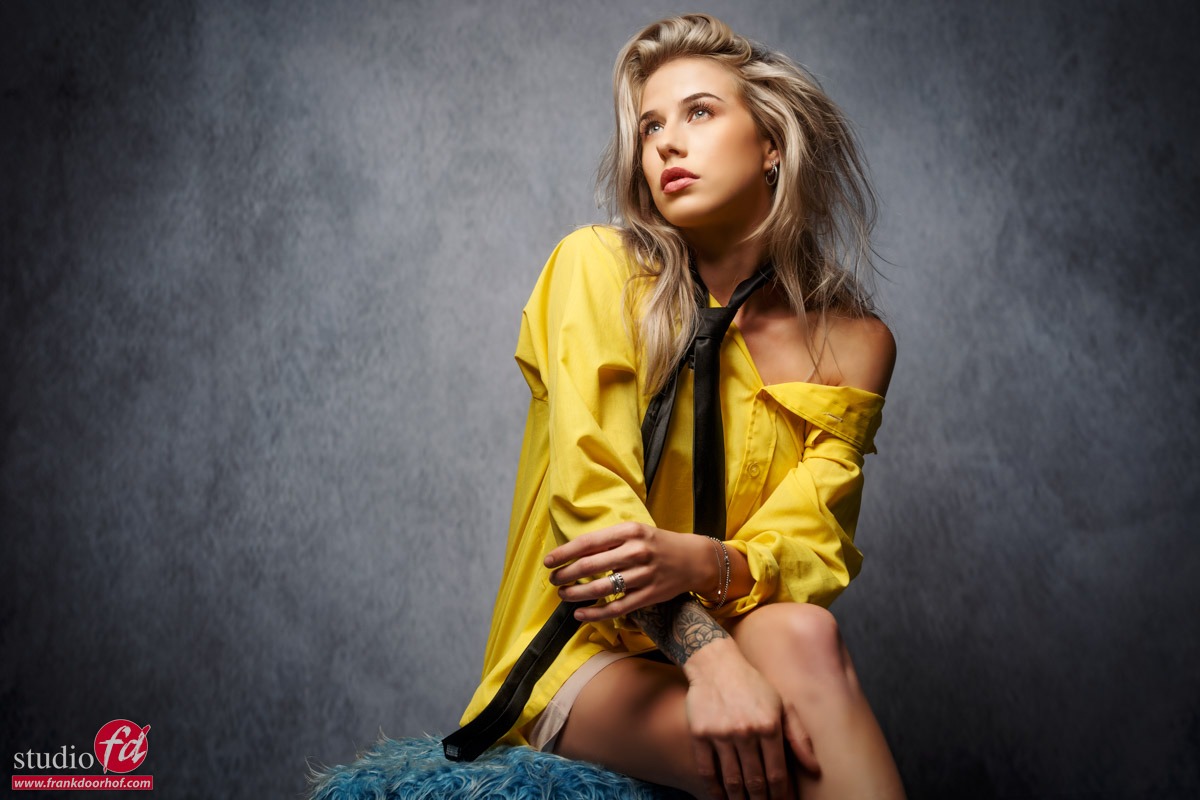
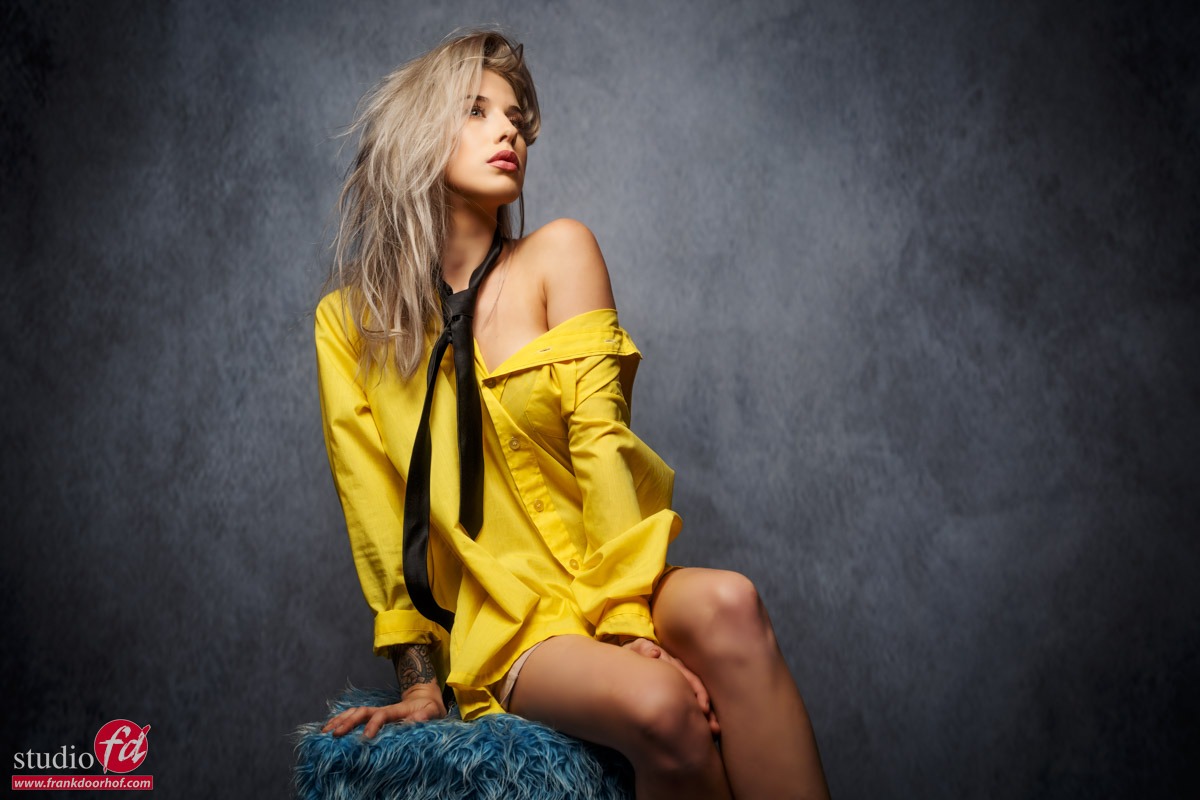



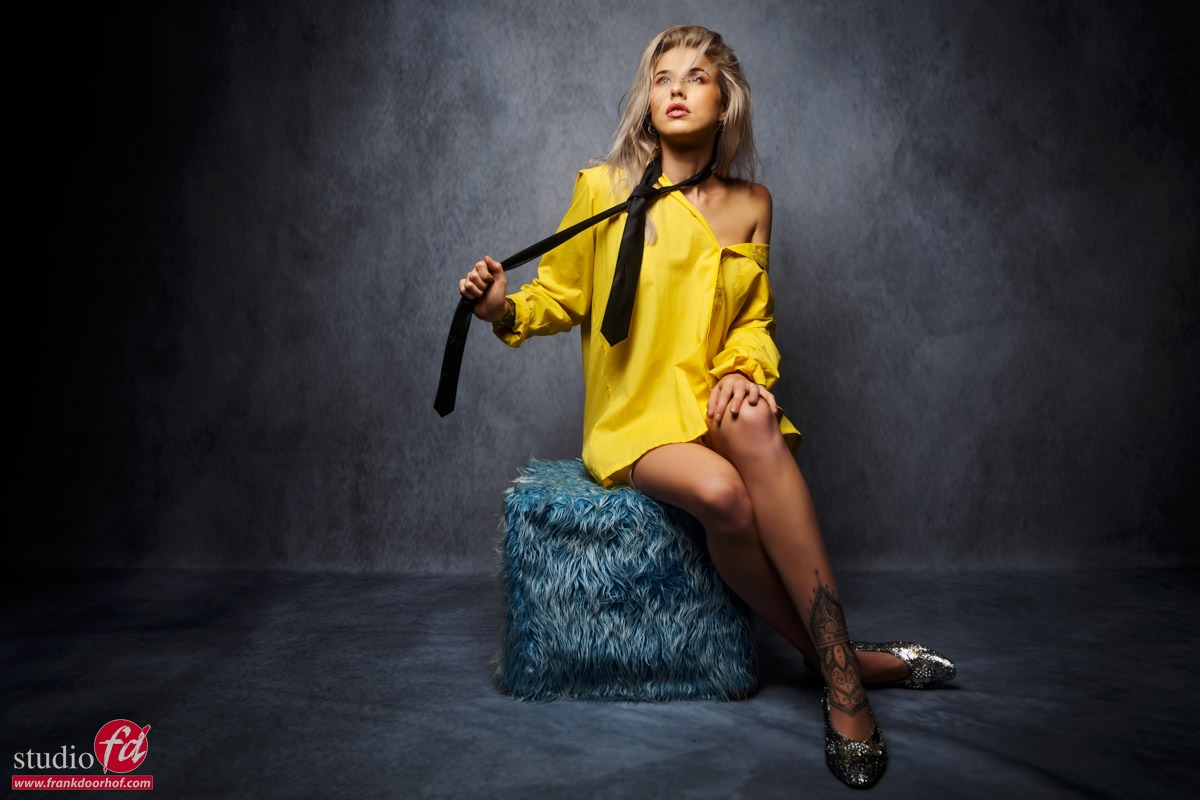
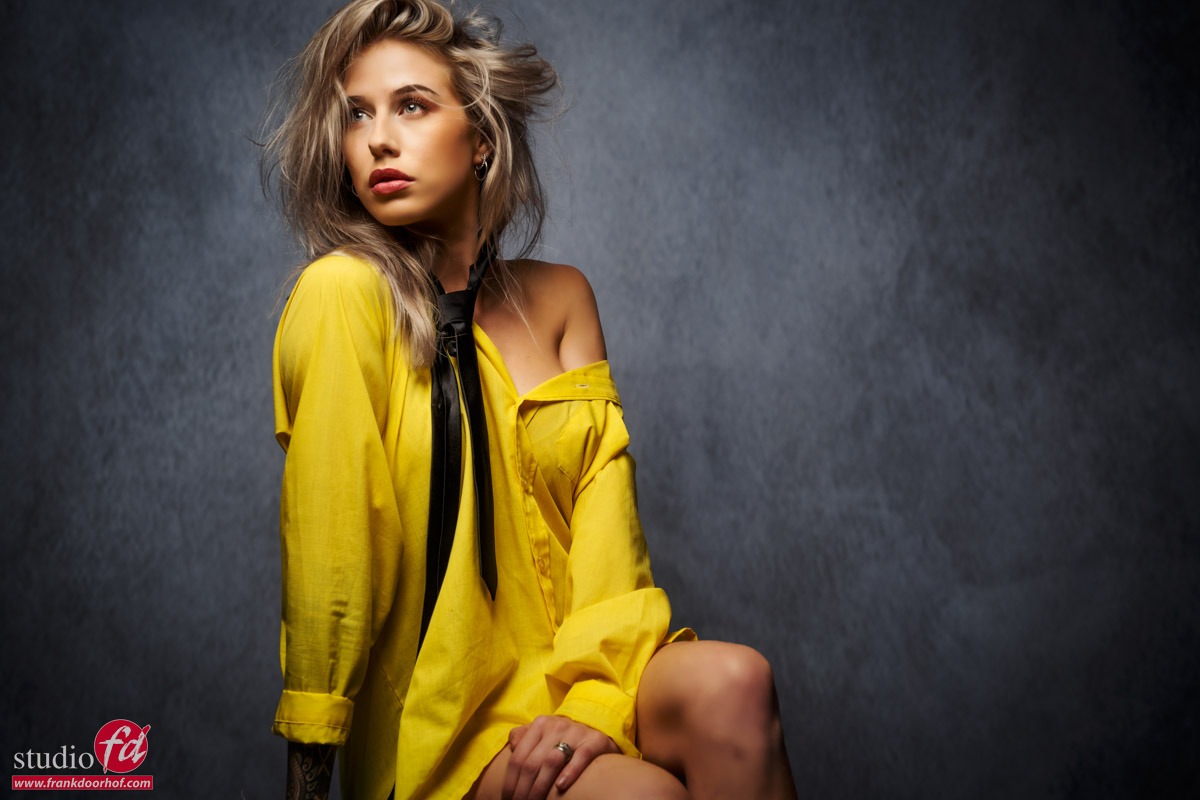
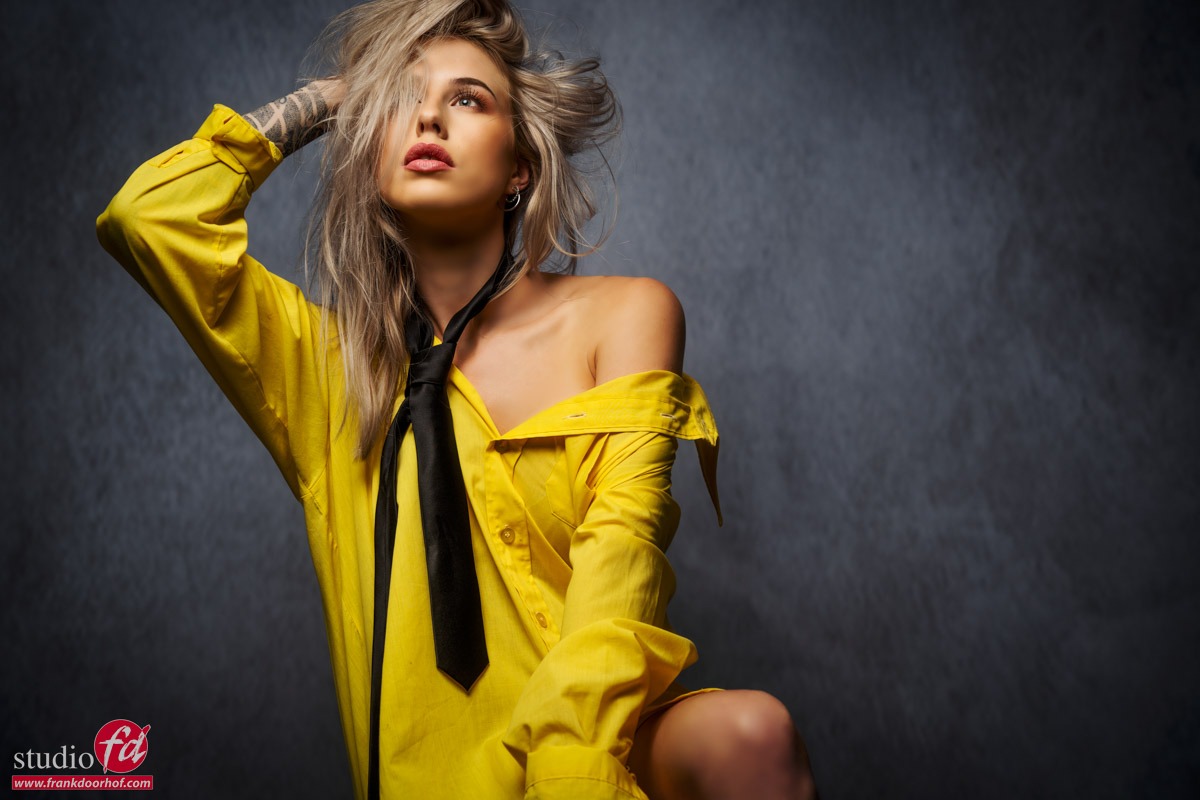
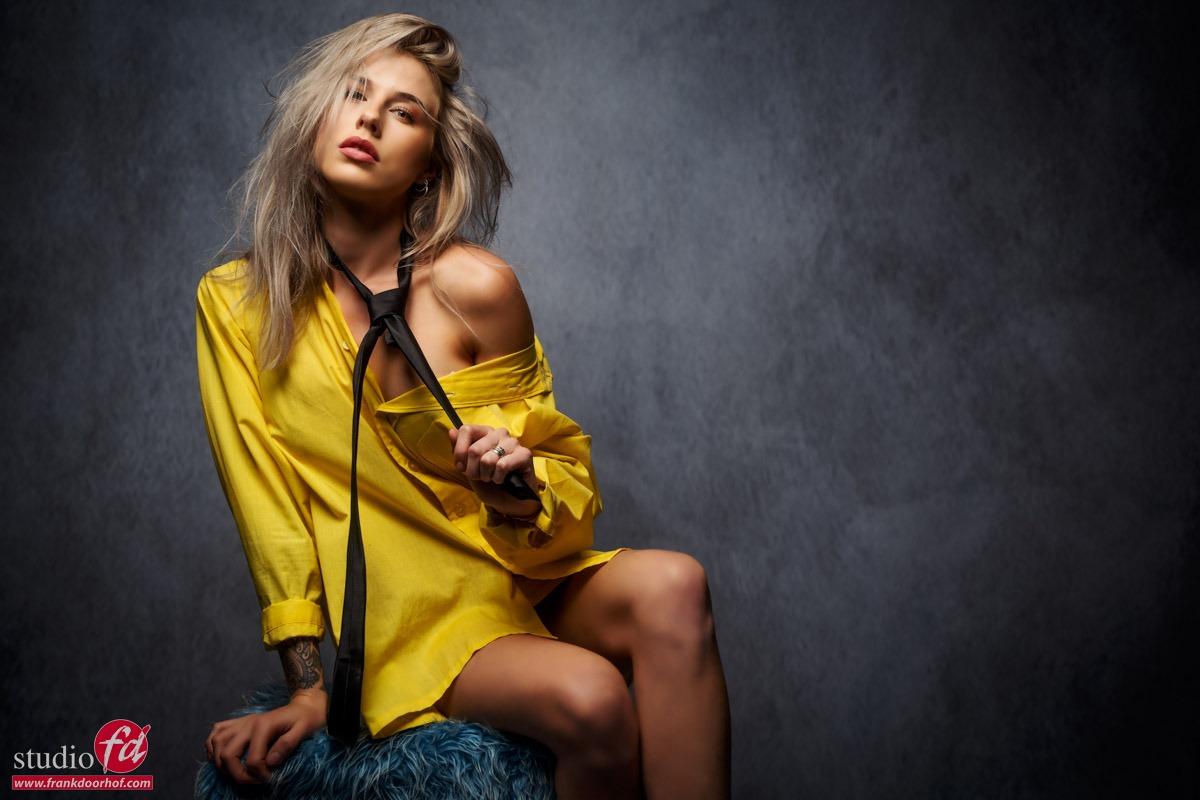
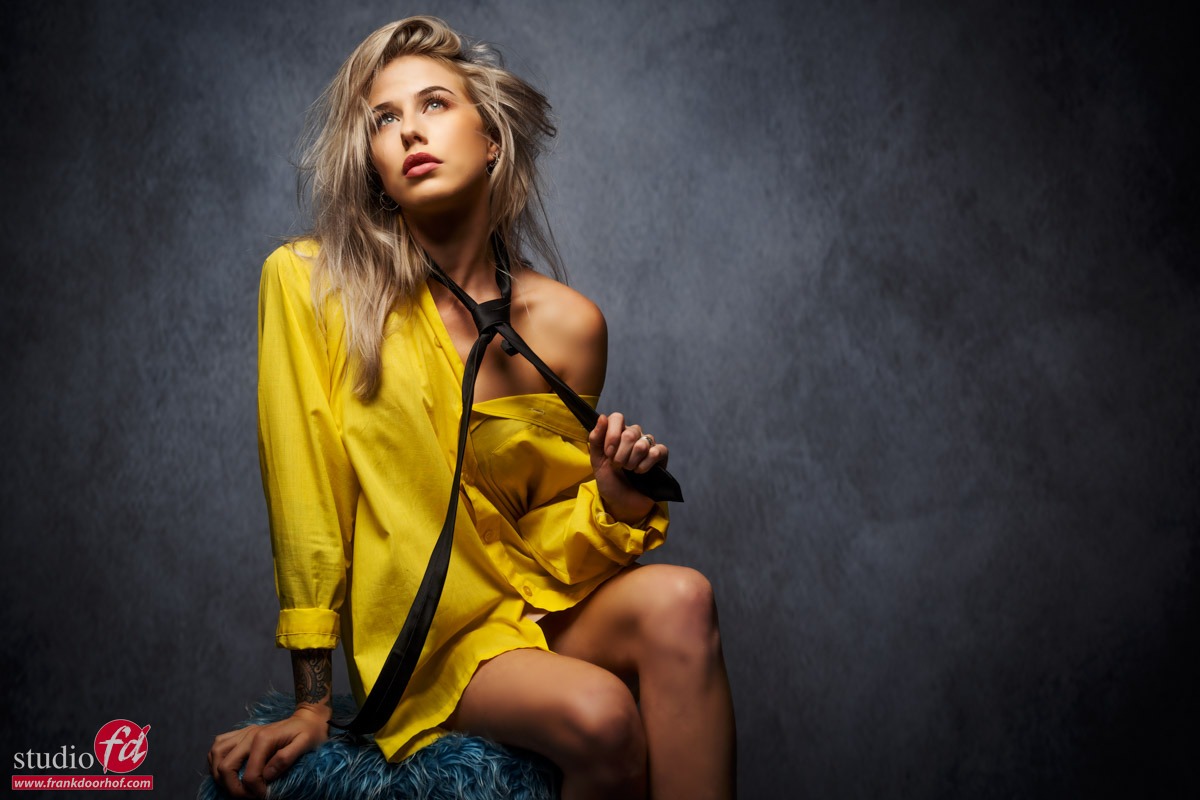

You must be logged in to post a comment.